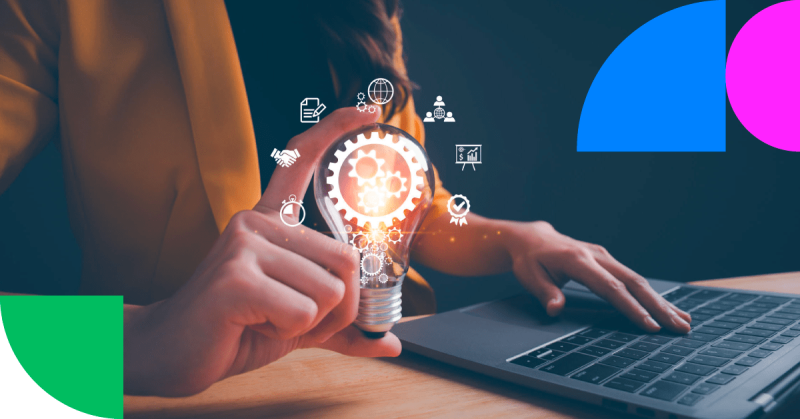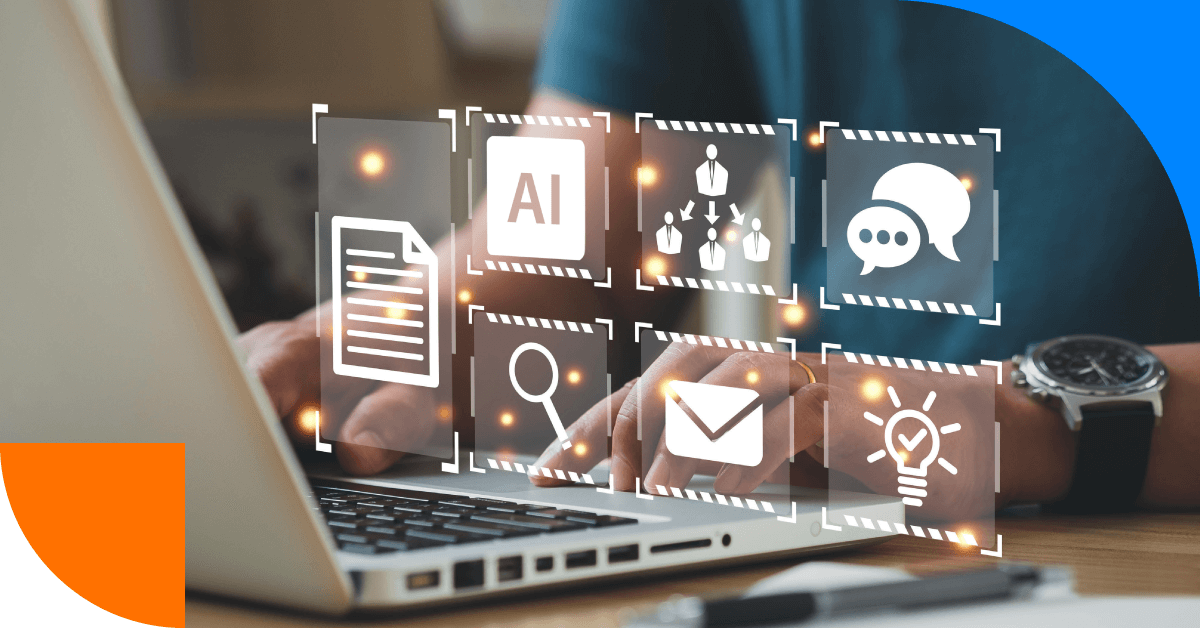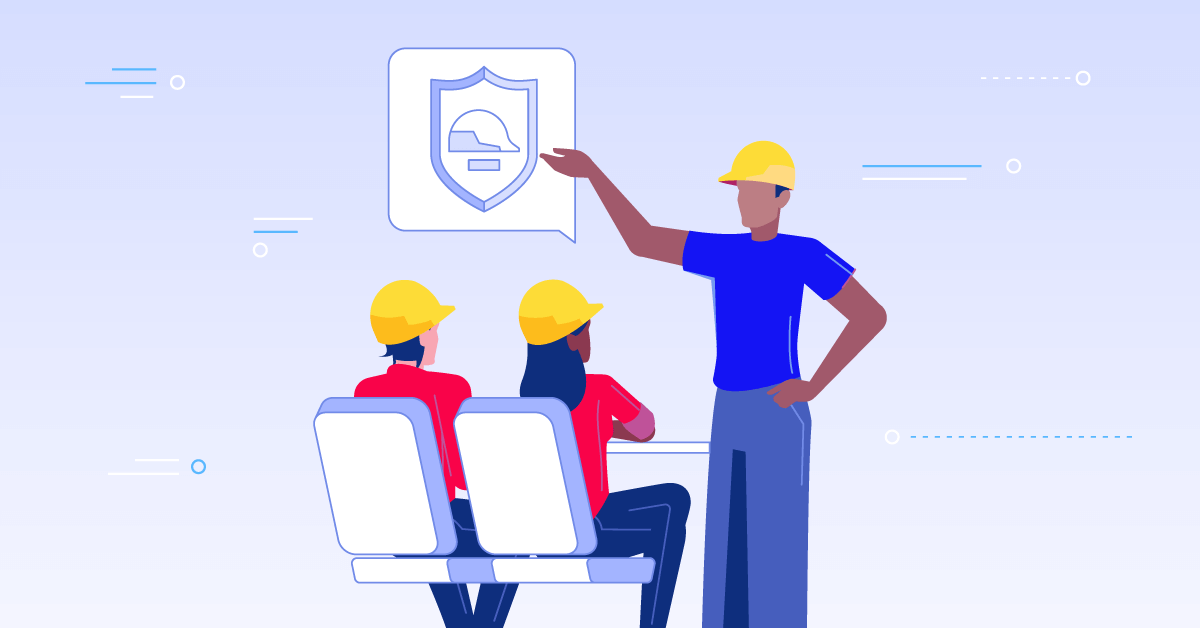 In this post we’ve put together short descriptions of the top 10 buzzwords in eLearning at the moment: Tin Can, Social Learning, Gamification, mLearning, Tablet learning, Rapid eLearning, Microlearning, Personalization, Blended learning, and Lifelong learning.
In this post we’ve put together short descriptions of the top 10 buzzwords in eLearning at the moment: Tin Can, Social Learning, Gamification, mLearning, Tablet learning, Rapid eLearning, Microlearning, Personalization, Blended learning, and Lifelong learning.
Tin Can
The Tin Can API is a brand new learning technology specification that opens up an entire world of experiences (online and offline). This API captures the activities that happen as part of learning experiences. A wide range of systems can now securely communicate with a simple vocabulary that captures this stream of activities. Previous specifications were difficult and had limitations whereas the Tin Can API is simple and flexible, and lifts many of the older restrictions. Mobile learning, simulations, virtual worlds, serious games, real-world activities, experiential learning, social learning, offline learning, and collaborative learning are just some of the things that can now be recognized and communicated well with the Tin Can API. What’s more, the Tin Can API is community-driven, and free to implement. (TinCanAPI.com)
For more on Tin Can check our previous posts listed on this page.
Social Learning
Social learning is learning that takes place through social interaction between peers and it may or may not lead to a change in attitudes and/or behavior. More specifically, to be considered social learning, a process must: (1) demonstrate that a change in understanding has taken place in the individuals involved; (2) demonstrate that this change goes beyond the individual and becomes situated within wider social units or communities of practice; and (3) occur through social interactions and processes between actors within a social network (Reed et al., 2010).
For more on Social Learning check our previous posts on-topic listed on this page.
Gamification
Karl Kapp, author of The Gamification of Learning and Instruction: Game-Based Methods and Strategies for Training and Education, defines it as the use of game-based mechanics, aesthetics and game thinking to engage people, motivate action, promote learning and solve problems. He says it’s much more than just adding ‘rewards, points, and badges’ to processes to motivate people – it’s the instructional method and not just the delivery system that provides the elements for learning in a game situation i.e. we must ask what ‘pieces’ in games makes them engaging such as interactivity, content, story.
Gamification for Learning – Interview with Karl Kapp http://www.youtube.com/watch?v=__Y1m8XF77k
mLearning
Mobile learning has been defined as: any sort of learning that happens when the learner is not at a fixed, predetermined location, or learning that happens when the learner takes advantage of the learning opportunities offered by mobile technologies.(Wikipedia) In other words mobile learning decreases limitation of learning location with the mobility of general portable devices. But mobile learning is more than just using mobile devices to learn – it is also about the mobility of the learner.
For more on mLearning check out our previous posts listed here.
Tablet or T-learning
Tablet leaning by definition is learning on tablet devices. But is eLearning on tablets really mobile learning? Yes.
In defining mobile learning we need to focus more on the activity of learning at a distance using a mobile device and not on the devices themselves. Tablets are mobile devices – but perhaps not as ubiquitously mobile as smartphones. Tablets have more in common with the desktop and laptop than with the mobile phone when it comes to screen size, yet the touchscreen capabilities of both the tablet and the phone mean that learning design needs to take into account these differences in delivery.
For more on T-learning check this list of related blog posts!
We also love this great post in Mashable – 6 Reasons Tablets Are Ready for the Classroom.
For different opinions on whether eLearning on tablets is mLearning read:
‘Is eLearning on Tablets Really mLearning’ and ‘Is eLearning on Tablets Really mLearning [Chime In]’ by RJ Jacquez.
Rapid elearning
Rapid elearning is, essentially, a faster process of designing and developing online-based learning courses. Rather than spending months or years developing a course, rapid elearning allows course creators to build lessons and content in a matter of days or weeks. This is typically done through PowerPoint or narrated videos which are designed to dispense information quickly and conveniently to the students. Software is then utilized to test the students, as well as to provide them with activities that they can perform on their own in between pre-recorded presentations or videos.
Microlearning
Microlearning provides the knowledge and skill sets that online education typically offers without overwhelming the learner. It involves learning in smaller steps, and goes hand-in-hand with traditional elearning. Activities that are micro-learning based usually feature short term lessons, projects or coursework that is designed to provide the student with bits of information. For example, rather than trying to teach a student about a broad subject at once, aspects of the topic will be broken down into smaller, more digestible chunks.
Typically, microlearning exercises are best utilized at the point where a student will actually need the information, or when they are going to be most receptive to receiving that information.
Personalization
Personalized elearning enables learners to customize a variety of the elements involved in the online education process. This means that they are asked to set their own goals, go at their own pace, and communicate with instructors and learners to personalize the learning process. Ideally, the learner is placed in charge of managing his/her own learning, and is able to customize the experience by having a direct say in the processes and content that is being provided.
The key elements that are customized in personalized elearning are: the timing and pace of learning, and the instructional approach (including lessons and activities that draw upon the learner’s experiences and interests). In other words, truly personalized elearning means students are given the chance to learn what they want when they want, and even how they will learn the material.
Blended Learning
Blended learning is a formal education program in which a student learns at least in part through online delivery of content and instruction with some element of student control over time, place, path, and/or pace. While still attending a “brick-and-mortar” school structure, face-to-face classroom methods are combined with computer-mediated activities. Proponents of blending learning cite the opportunity for data collection and customization of instruction and assessment as two major benefits of this approach. (Wikipedia)
Read: The Definition Of Blended Learning
Lifelong learning
Lifelong learning is the “ongoing, voluntary, and self-motivated”[1] pursuit of knowledge for either personal or professional reasons. Therefore, it not only enhances social inclusion, active citizenship and personal development, but also competitiveness and employability.[2]
The term recognizes that learning is not confined to childhood or the classroom but takes place throughout life and in a range of situations. During the last fifty years, constant scientific and technological innovation and change has had a profound effect on learning needs and styles. Learning can no longer be divided into a place and time to acquire knowledge (school) and a place and time to apply the knowledge acquired (the workplace).[3] Instead, learning can be seen as something that takes place on an on-going basis from our daily interactions with others and with the world around us. (Wikipedia)
(1.) Department of Education and Science (2000). Learning for Life: White Paper on Adult Education. Dublin: Stationery Office. (2.) Commission of the European Communities: “Adult learning: It is never too late to learn“. COM(2006) 614 final. Brussels, 23.10.2006. (3.) Fischer, Gerhard (2000). “Lifelong Learning – More than Training” in Journal of Interactive Learning Research, Volume 11 issue 3/4 pp 265-294.
About the author
Roberta Gogos is a Social Media & Content Marketing Consultant and eFront Learning’s Community Manager, she is contributing author to a number of blogs and focuses on social media, culture-specific communication, technology, and elearning. She can be contacted @rgogos or via LinkedIn.


